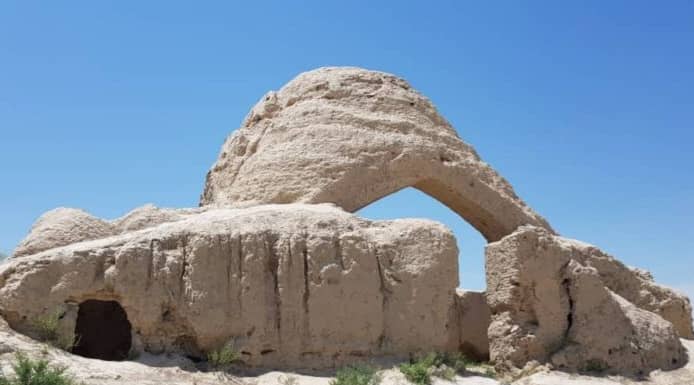Dozens of Afghanistan’s archaeological sites have been bulldozed to facilitate systematic looting, according to a BBC report citing research from the University of Chicago.
Satellite photo analysis provides the first definitive photographic evidence of looting practices that have persisted since the Taliban’s takeover.
The research indicates that ancient settlements, some dating back to the Late Bronze Age and Iron Age (earlier than 1000 BC), have suffered significant damage. Many of these sites are located in the northern Balkh province, historically known as the heartland of Bactria over two thousand years ago.
The University of Chicago’s Center for Cultural Heritage Preservation reported identifying over 29,000 archaeological sites across Afghanistan using satellite imagery and other tools. However, a new pattern of destruction emerged in Balkh beginning in 2018.
The researchers noted specks on images believed to be bulldozers, identified by their appearance, disappearance over time, and tracks left behind. Prof. Gil Stein, the center’s director, stated that cleared areas later appeared in images covered with pits dug by looters. “People were clearing out vast areas to systematically loot the site,” Stein said, as quoted by the BBC.
The study found that 162 ancient settlements were devastated at a rate of one per week between 2018 and 2021, with the practice continuing at 37 sites under Taliban control. The exact locations of these sites are withheld to prevent information from reaching potential looters.
The research, still in preliminary stages, has not identified what lies buried at these sites, which include mounds, fortresses, early roadside inns (caravanserais), and canal systems. Notably, the research mentions Tela Tepe, located just 97 kilometers (60 miles) away, where a hoard of 2,000-year-old Bactrian gold was discovered in 1978. This “Hill of Gold” contained 20,000 rare items, including gold jewelry, an intricate crown, and coins, known as the Lost Treasures of Afghanistan.





